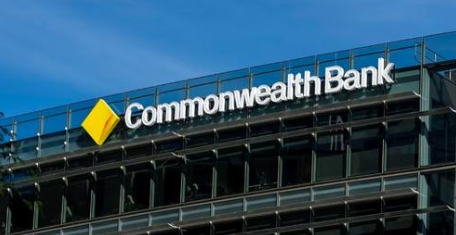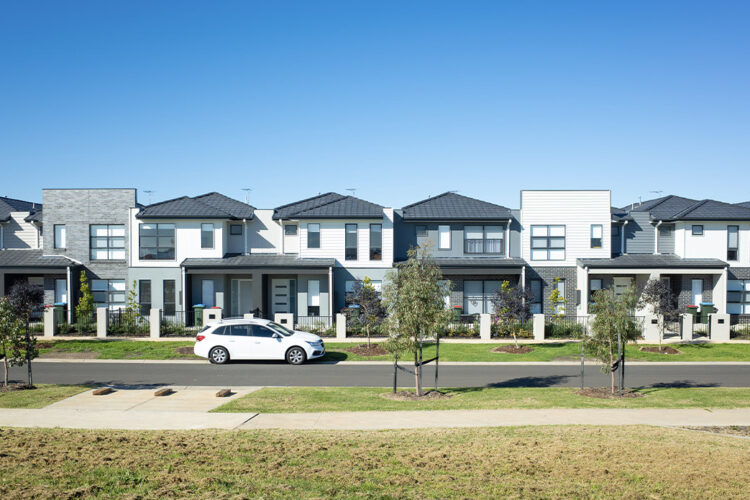The state beat the Northern Territory and the ACT to the gong even if the portion of income required to meet loan repayments rose slightly in the June quarter, the state’s peak real estate body confirmed.
According to data from the Real Estate Institute of Australia (REIA), the portion of family income needed to meet loan repayments in Western Australia rose 0.4 per cent to 35 per cent in the three months to June. Over the year, this figure has risen 6.8 per cent.
Median house prices in the state capital Perth rose 5.5 per cent over the 12 months to June, while the median unit price fell 2.9 per cent during that same period.
Real Estate Institute of Western Australia (REIWA) chief executive officer Cath Hart explained that rising interest rates have been the primary driver of the state’s increased unaffordability.
“Average mortgage payments have increased about 48 per cent since rates started rising,” she outlined. “This makes a significant difference to people’s budgets and borrowing power.”
“And while this is a challenge, WA’s higher-than-average incomes and lower-than-average mortgages mean the market has been able to adjust,” she said. According to the REIA’s calculations, the state’s median weekly family income is approximately $2,504, while an average monthly loan repayment removes $3,801 from WA borrowers’ pockets.
“Buyers, however, are seeking value, and what we have seen over the year to June 2023 is strong interest in the more affordable suburbs,” she revealed.
Over the June quarter, the average loan in WA was approximately $471,000, down 1.5 per cent in the three months to March, representing a 0.4 per cent annual decrease. WA’s national loan size is around 24 per cent lower than the national average.
While the average first home buyer loan rose slightly over the quarter, the state remains the most affordable market for purchasers making their first foray into the property world.
On the rental side of things, affordability is down both over the quarter and the year, with the portion of family income needed to service average rent repayments rising 1.1 per cent to 22 per cent over the June quarter.
The state reported the largest quarterly decline in affordability nationwide, with Ms Hart explaining several conditions have ensured WA’s rental market remains persistently challenging.
“WA recorded the strongest population growth rate in the year to June; this is having a strong impact on the rental market,” she said.
“While members are reporting a lot of activity from eastern state investors and builders are reporting increasing completions, supply can’t keep up with demand,” she added.
“Unfortunately, the green shoots we saw towards the end of the financial year didn’t bear fruit, and under current conditions we expect the vacancy rate to tighten towards the end of the year,” Ms Hart revealed.


